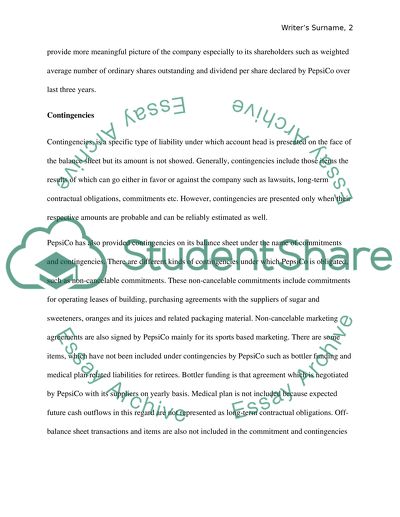Cite this document
(“Summary Coursework Example | Topics and Well Written Essays - 1750 words”, n.d.)
Retrieved from https://studentshare.org/finance-accounting/1464166-summary
Retrieved from https://studentshare.org/finance-accounting/1464166-summary
(Summary Coursework Example | Topics and Well Written Essays - 1750 Words)
https://studentshare.org/finance-accounting/1464166-summary.
https://studentshare.org/finance-accounting/1464166-summary.
“Summary Coursework Example | Topics and Well Written Essays - 1750 Words”, n.d. https://studentshare.org/finance-accounting/1464166-summary.


